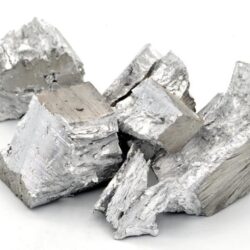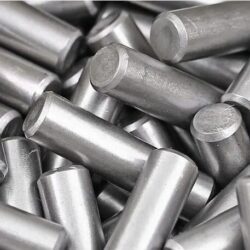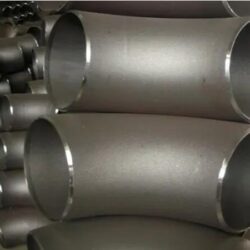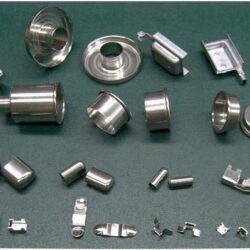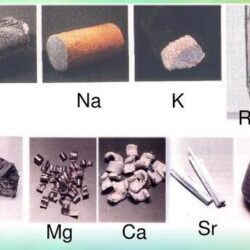Steel is an alloy of iron and carbon containing less than 2% carbon and 1% manganese and small amounts of silicon, phosphorus, sulphur and oxygen.
Iron, the major elemental component of steel, is one of the most plentiful elements in the earth’s crust. All steel alloys are primarily iron and 0.002–2.1 % carbon by weight. In this range, carbon bonds with iron to create a strong molecular structure. The resulting lattice microstructure helps achieve certain material properties, like tensile strength and hardness, that we rely on in steel..
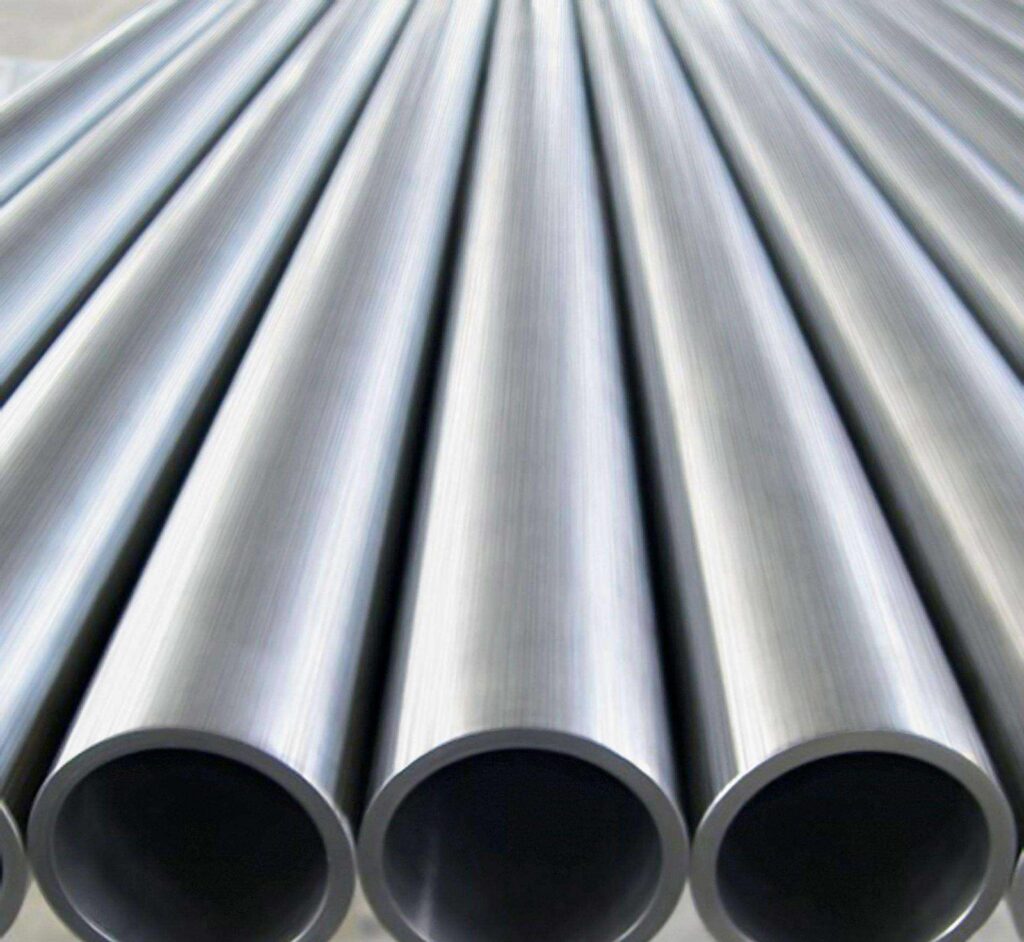
How is steel made?
When iron is smelted from its ore, it contains more carbon than is desirable. To become steel, it must be reprocessed to reduce the carbon to the correct amount, at which point other elements can be added. In the past, steel facilities would cast the raw steel product into ingots which would be stored until use in further refinement processes that resulted in the finished product. In modern facilities, the initial product is close to the final composition and is continuously cast into long slabs, cut and shaped into bars and extrusions and heat-treated to produce a final product. Today, approximately 96% of steel is continuously cast, while only 4% is produced as ingots.
The ingots are then heated in a soaking pit and hot rolled into slabs, billets, or blooms. Slabs are hot or cold rolled into sheet metal or plates. Billets are hot or cold rolled into bars, rods, and wire. Blooms are hot or cold rolled into structural steel, such as I-beams and rails. In modern steel mills these processes often occur in one assembly line, with ore coming in and finished steel products coming out. Sometimes after a steel’s final rolling, it is heat treated for strength; however, this is relatively rare.
Steel is produced via two main routes: the blast furnace-basic oxygen furnace (BF-BOF) route and electric arc furnace (EAF) route. Variations and combinations of production routes also exist.
The key difference between the routes is the type of raw materials they consume. For the BF-BOF route these are predominantly iron ore, coal, and recycled steel, while the EAF route produces steel using mainly recycled steel and electricity. Depending on the plant configuration and availability of recycled steel, other sources of metallic iron such as direct-reduced iron (DRI) or hot metal can also be used in the EAF route.
A total of 70.7% of steel is produced using the BF-BOF route. First, iron ores are reduced to iron, also called hot metal or pig iron. Then the iron is converted to steel in the BOF. After casting and rolling, the steel is delivered as coil, plate, sections or bars.
Steel made in an EAF uses electricity to melt recycled steel. Additives, such as alloys, are used to adjust to the desired chemical composition. Electrical energy can be supplemented with oxygen injected into the EAF. Downstream process stages, such as casting, reheating and rolling, are similar to those found in the BF-BOF route. About 28.9% of steel is produced via the EAF route.
Properties of steel
Another steelmaking technology, the open hearth furnace (OHF), makes up about 0.4% of global steel production. The OHF process is very energy intensive and is in decline owing to its environmental and economic disadvantages.
Steel is so commonly used because of its specific material properties combined with its relative low cost. Compared to other many other building and tool making materials (like wood, stone, concrete, or cast iron), alloys of steel offer:
Hardness: resistance to indentation when pressed with gradually increasing pressure
Toughness: when the material does deform, toughness describes how far it goes before fracturing
Yield strength: resistance to changing shape while being pulled with gradually increasing pressure
Tensile strength: a material’s ability to withstand being pulled before breaking
Malleability: the ability to be shaped by hammering or pressing without breaking
Ductility: the ability to be shaped without losing toughness—working metal often makes it more brittle, but ductile materials don’t embrittle through work as quickly.
The tested range of these properties varies between alloys, but as a whole, steel manages to be both harder and tougher (less brittle) than many other materials.
Cutting and milling tools for a CNC machine
Tool steels are often quenched for maximum hardness.
Types of steel
There are four major groupings of steel alloys: carbon, tool, alloy, and stainless steels.
Carbon Steel—Mild, medium, and high carbon steels vary mostly by hardness and ductility. Mild or low carbon steels tend to be more ductile compared to other steels, but also offer lower hardness. On the other end of the range, high carbon steels are harder. However, high carbon steel usually has lower ductility.
Tool Steel—High carbon steel with added elements like tungsten, vanadium, or molybdenum, heat treated and quenched to superior hardness, are used for tool steels.
Alloy Steel—This family of steels generally refers to steels mixed with specific elements for extraordinary material properties, outside of those that commonly fall in other families. All steels are alloys and many have extra elements. However, alloy steels are unusual steels built for a specific application, and can range from value formulations to exotic alloys used for jet engines.
Stainless Steel—These steels are alloyed with chromium to make them rust resistant through passivation.

